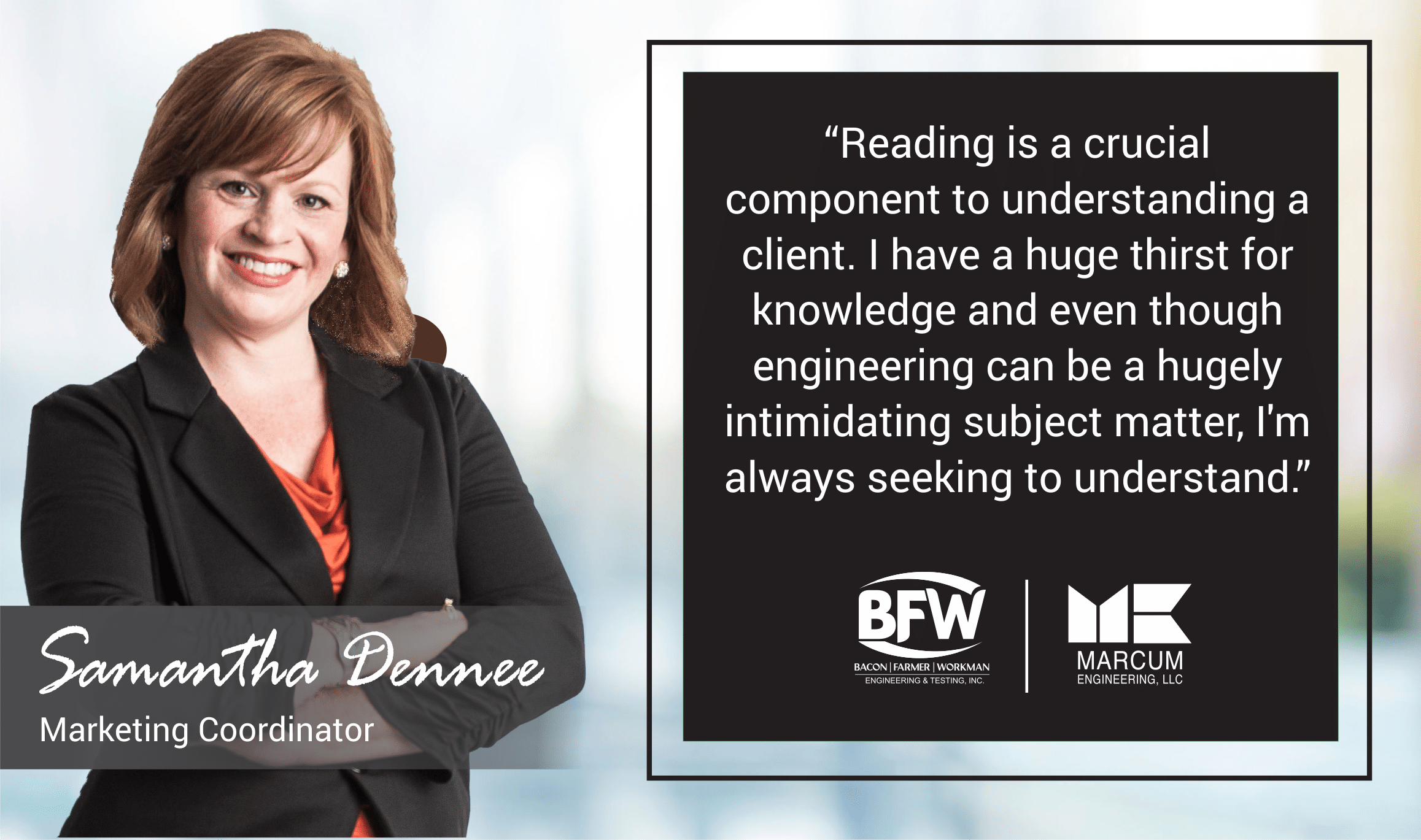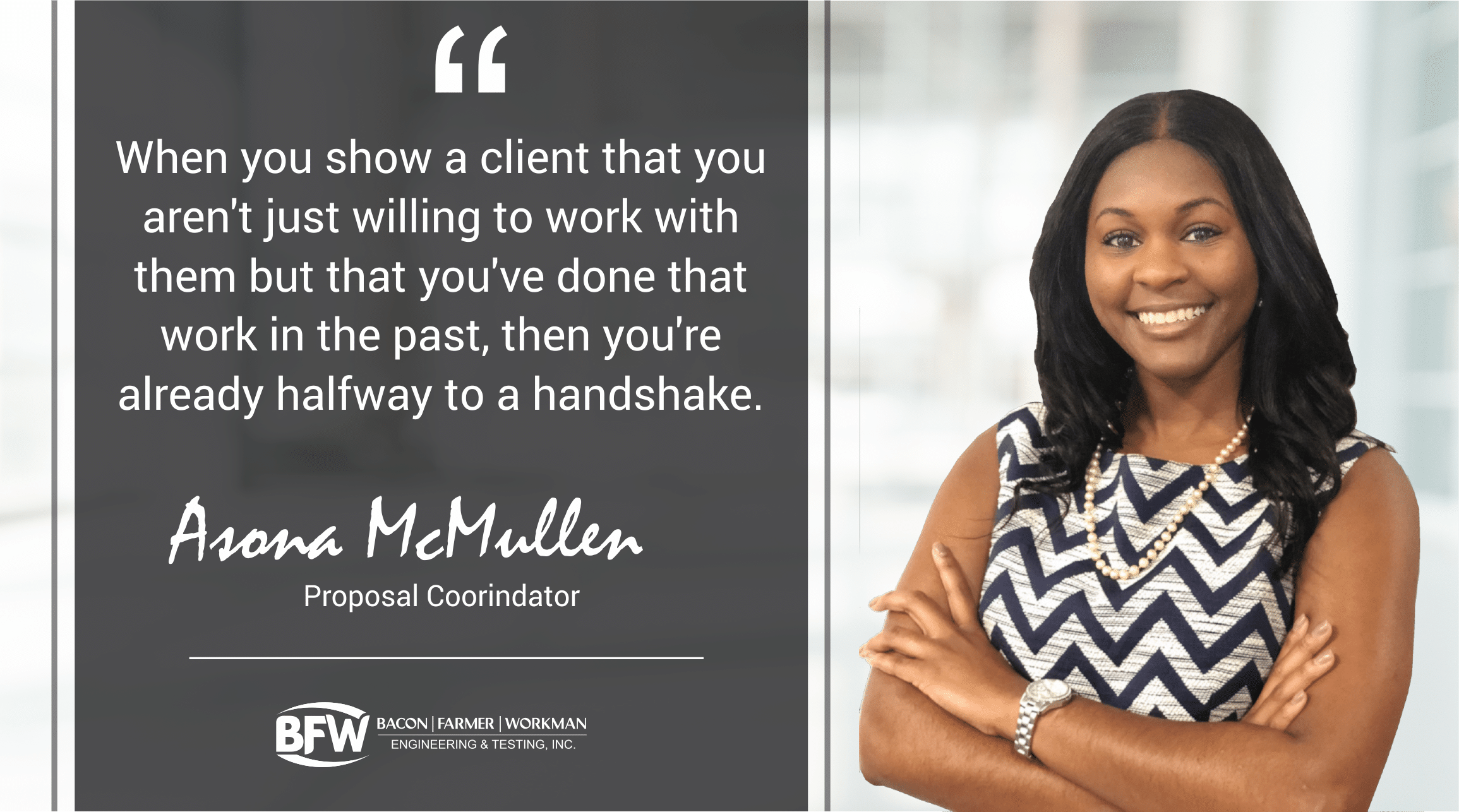6 Secrets to Writing a Winning Engineering Proposal
Engineering firms are like sharks; hear us out before you argue with that analogy. Like sharks, if your firm isn’t in constant motion then it’s pretty much suffocating. Winning new contracts, finding new clients, and building relationships with current clients is the work you do now for the work you get later. Without it, you just might find yourself with plenty to do until, suddenly, you have nothing else on the docket.
Sending out proposals is our way of moving through the waters—of keeping the lifeblood of our firm circulating. While it’s an important aspect of our business, we leave much of that to a few key people. They’re so good at it we just assumed they had a couple of tricks up their sleeves. We thought we’d be generous and share that insight now that we know just how challenging writing a winning proposal is. So, here you go, knock yourself out; use these tricks and try and do it like we do. We’ll be waiting.
Have the Talent
It takes a village, right? That’s what we learned when we dove into our firm’s proposal process. The truth is, every single employee has a hand in winning new work and new clients. Every perspective matters. Yet, Samantha Dennee, Marketing Coordinator, and Asona McMullen, Proposal Coordinator, are the two people that have the most responsibility for ensuring a proposal resonates with a client and, most importantly, checks off the pre-requisites to even get it through the door of a prospective client.
We asked Samantha to talk a little about her experience at the firm. “I have been working in proposal development for about 17 years now for BFW/Marcum. Management took a risk with me when they promoted me after my third year working as an administrative assistant. I say take a chance because I’m a bit of the exception to the rule in my position. Most of the individuals who do proposal development in our industry have a marketing or advertising background. My background is in the biological sciences.”
We haven’t spent decades as a top engineering firm because we pigeon-hole people. Everyone deserves a chance. All we ask is that you want it.
Read, Understand, and Read Again
It would make sense that writing a proposal would mostly be about the writing. However, Samantha is quick to point out that reading is a crucial component to understanding a client. You have to do your homework, as they say. Samantha dives a bit deeper into this methodology,

“I’m lucky in that I have a huge thirst for knowledge and even though engineering can be a hugely intimidating subject matter, I’m always seeking to understand. I probably drive our engineers crazy wanting to know the details of projects we have performed so I can use them as examples in our proposals, but I always want to make sure what I am turning in is both germane to the subject matter and is the best of what we have to offer. There is a long-standing joke in our office that when the engineers see me coming they duck their heads!”
What goes into the proposal? Asona breaks it down, “We highlight our relevance to the client’s project, to start. We also look for opportunities to convey to the client that we have the expertise to go the extra mile.
We don’t shy away from showing a few similar challenges we’ve faced in the past and how we overcame them. To me, I think getting on the client’s level and showing them that you not only understand their project but are already thinking of potential snags and planning great solutions can almost put you into the room with them when they’re reading your proposal.”
Samantha uses something she calls the “5 Ws” to break a proposal down into its bare components, “When I get a request for qualifications (RFQ) the first thing I do is give it a read through or glance over and I denote the due date on it and make an entry into my calendar to keep up with it. Usually, I then put it to the side because I’m typically under a deadline for another submittal.
Once I have time to go through and read the entire RFQ thoroughly I do a rough outline of the submission requirements and then I apply the 5 W’s just like in English 101; Who is the proposal for? What is the proposal for? Where is the project location? Why is this proposal needed? I go one step further; When is the due date? This gives me a starting point and then for the next several days while I am working on other endeavors I will be giving thought to how I will be approaching my next submittal.”
Bring Your Perspective
Perspectives are priceless. While we’re certainly a firm of engineers, we understand the value in people from other industries giving their two cents. Samantha came to us from an industry outside of engineering and has brought a different methodology than we’re used to, one which we’ve found extremely beneficial to our proposals team.
“I have a degree in Zoology which unbeknownst to me at the time, really prepared me for this career avenue. Because of my field of study, and my seven-year stint working in a multi-office Veterinarian clinic, research was something that became a way of life for me. In the sciences you are always looking to solve a problem whether that be a complex equation for a chemistry class or identifying a parasite under the microscope, you are always problem-solving and a big part of that includes research. A huge part of the proposal process for me is about the research, problem-solving, and how to get to a finished product with a winning proposal.”
Asona comes from a marketing role in the engineering industry, so she’s entered our family with the traditional experience that comes with proposal-writing and communications. Paired together, Asona and Samantha bring a diverse array of insight that gets us the work we need.
Have a Portfolio
“We prepare for a proposal to be on average about 30 pages or more,” Asona explains. She goes on to say that, of the proposals they send, many will be successful, and a few may not. One thing that makes your chances of success higher is your portfolio. Samantha and Asona both keep an organized portfolio that they can dip into to send over relevant work experience to clients that are asking for something similar.

“When you show a client that you aren’t just willing to work with them but that you’ve done that work in the past, then you’re already halfway to a handshake.” says Asona.
Work begets more work. As a firm with the amount of success that we have, it’s a lot easier for us to get our foot in the door.
Learn to Evolve Before You’re Forced to
We asked Samantha what has changed in the 17 years she’s been on the proposals team. Her biggest focus was on the transition to digital, especially in the past year.
“Proposals in the age of COVID-19 are more frequently being delivered electronically either uploaded via a portal or sent via email. There are still printed proposals going out but that volume has drastically decreased over the past year. I would say, this is a huge step forward and I see more and more of the solicitors going to this means.
I’m pretty environmentally conscious, so I think it’s a huge step in the right direction for the industry. If there is one thing the pandemic has taught those of us in this role is that it is entirely possible to be paper free and work remotely if needed. I can count on one hand how many paper submittals I have sent in the past 10 months so I think it’s safe to say this will be our “new normal” and that is more than fine with me! As much as I do love a high quality printed proposal on good paper, we have to learn to evolve!”
She hits the nail on the head. Success is about crossing thresholds, evolving, and finding a place at the table well into the future.
Work Together
Asona and Samantha agree that the last secret is no secret at all. Teamwork. Earlier we said, “It takes a village”. While Samantha and Asona are the driving force behind our proposals they will be the first to tell you that surrounding yourself with a great team is the key to success. Our collaborative culture is what separates us from all the rest. It is the foundation on which the company was built.

Recent Comments